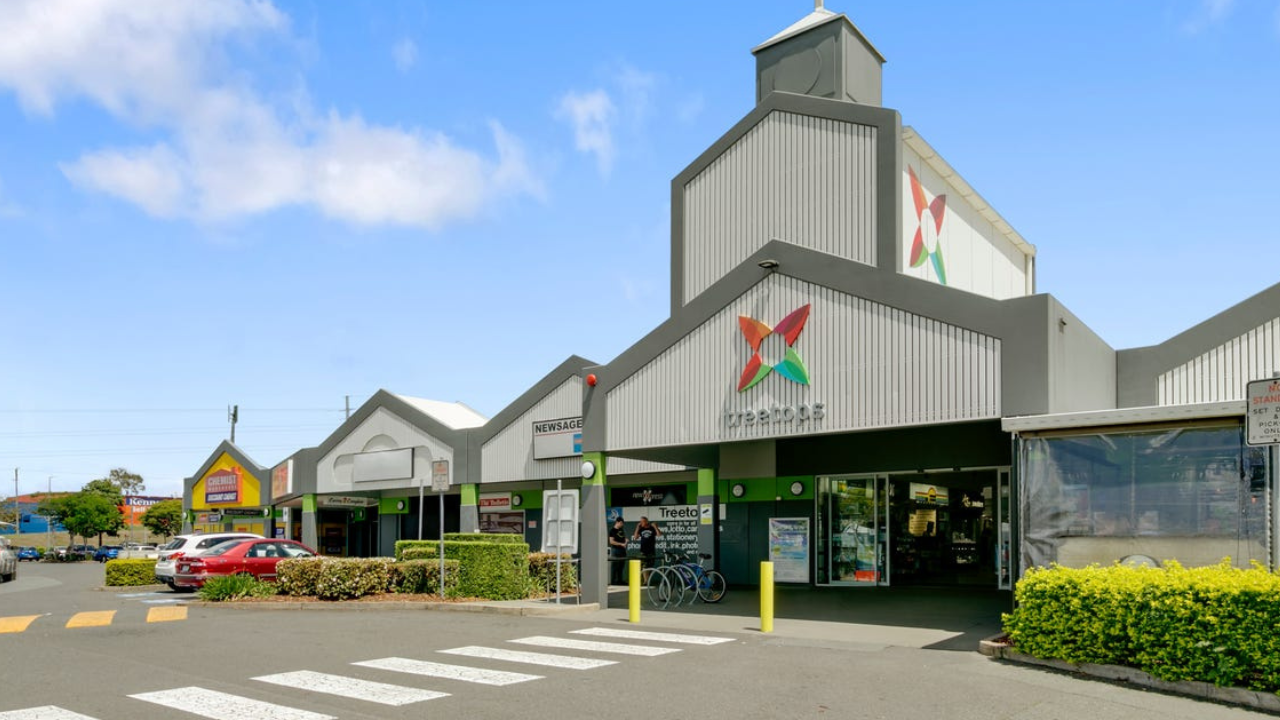Big Appeal of Retail Subsector
July 17 2024

Large format retail is showing strong signs of a return to form with opportunities in the sector set to attract plenty of attention, particularly from private investors.
Population growth, tight supply and a rise in lifestyle retail has increased the allure of large format retail (LFR), leading the commercial subsector to shrug off a downturn sooner than expected.
LFR has been around since the 1970s, but the subsector received a boost during Covid with a spike in sales of consumer goods, such as electronics – particularly TVs and home cinema packages – white goods and furniture.
Household good sales peaked in the second half of 2020, accounting for 20.1 per cent of average household spend.
While that has trended downwards since, given that furniture and allied goods are on average replaced every four years, the trend line is expected to rise again towards the latter part of this year and into the next.
Australian, Queensland and, indeed, Gold Coast populations are rising rapidly.

This is fuelling demand for homes and workspaces which, according to Kollosche commercial property expert Adam Grbcic, is driving increased consumer appetite for bulky goods serviced by LFR centres.
“The Gold Coast is also home to a higher-than-average proportion of high-net-worth individuals and a large cohort of Baby Boomers whose disposable incomes make them lucrative LFR customers,” Adam says.
Land costs and construction issues are keeping supply down, which is ensuring vacancies in the subsector remain low and rents solid.
In fact, data from industry analyst CBRE shows the LFR vacancy rate dropped from 3.5 per cent to 2.5 per cent over FY23-24, leading it to predict that, nationally, rents will rise 3 per cent this year after a flat (0.1 per cent) spell in 2023.
Lifestyle Brands Join LFR offerings
Also at play in the subsector is the rise in lifestyle retailers joining the LFR community, including large-scale chemists, automotive accessory franchises and outdoor stores.
Adam says these types of retailers attract customers from outside the resident pool, bringing tourists to the centres, which can provide a spin-off for more traditional LFR tenants, such as consumer electronics.
On the back of these factors, interest in the subsector from institutional investors has declined, while interest from within the private sector has grown significantly. Last year, private investors held 66 per cent of LFR capital compared to 36 per cent four years earlier.
This has served to drive LFR centre transactions at the lower end of the market (between $5 million and $50 million), including the December sale of Robina Town Centre for $53 million, on a 7 per cent yield.